Leaf curling as they sprout
joe_mn_06
17 years ago
Related Stories
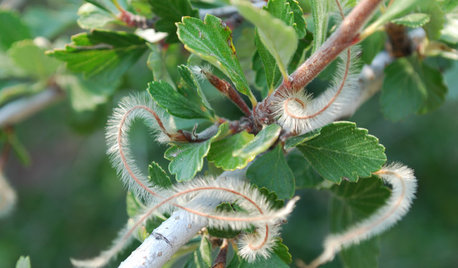
GARDENING GUIDESGreat Design Plant: Curl-Leaf Mountain Mahogany, an Easy Evergreen
Use it as an accent plant or mass it as a screen; this pine and spruce alternative is a hard worker in dry, cold climates
Full Story
DECORATING GUIDESDesign Mystery: Why Do Pineapples Sprout Up in Home Design?
Early Americans were bananas about pineapples — and we’re still reaping the benefits of the sweet fruit’s symbolism today
Full Story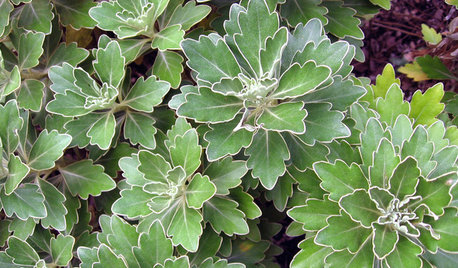
BLUE AND GRAY FOLIAGE6 Stunning Silver-Leaf Plants
Bring luster to your garden with these shining examples of silver plants for both sun and shade
Full Story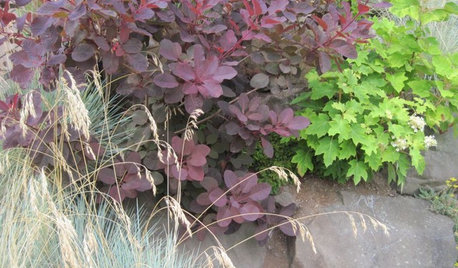
PURPLE FOLIAGE5 Purple-Leaf Majesties of Shrubs
Looking for beautiful depth and dynamism in your landscape? Just add purple
Full Story
FARM YOUR YARDHow to Farm Your Parking Strip
Get an up-close look at a thriving street-side edible garden, one of many sprouting up in Seattle
Full Story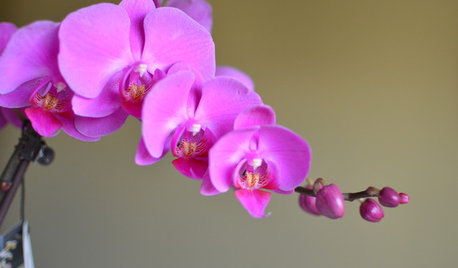
MID-ATLANTIC GARDENINGChecklist: What To Do in the Garden This Month
February Gardener: Plant sprouts, start seedlings, force bulbs, grow an orchid and more
Full Story
FARM YOUR YARDCool-Season Vegetables: How to Grow Lettuce
Leaf, butterhead, crisphead or romaine — lettuce is best harvested in the cool weather of spring and fall
Full Story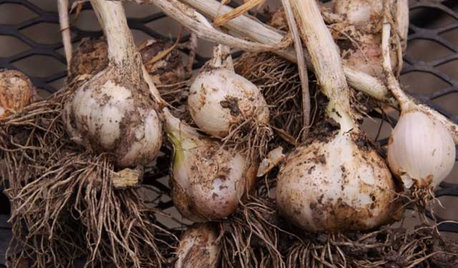
COOL-SEASON CROPSCool-Season Vegetables: How to Grow Garlic
Beloved in a wide range of dishes the world over, garlic thrives in a fall garden and is easy to grow
Full Story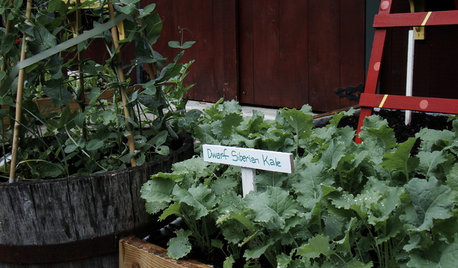
EDIBLE GARDENSCool-Season Vegetables: How to Grow Kale
This leafy green superfood is also a superhero in the garden through fall chills and winter snow
Full Story
DECORATING GUIDESConjure a Jungle in a Pot
Sprawling, climbing and with primitive-looking leaves, philodendrons bring untamed beauty to even the most civilized homes
Full StoryMore Discussions







torquill
joe_mn_06Original Author
Related Professionals
Windham Landscape Architects & Landscape Designers · Simi Valley Landscape Architects & Landscape Designers · Frisco Landscape Contractors · Stoughton Landscape Contractors · Fort Myers Landscape Contractors · Kettering Landscape Contractors · Tehachapi Landscape Contractors · The Woodlands Landscape Contractors · Wayland Landscape Contractors · West Palm Beach Landscape Contractors · Eastlake Landscape Contractors · Augusta Siding & Exteriors · Orange County Siding & Exteriors · Scotch Plains Siding & Exteriors · Franklin Square Siding & Exteriorstorquill
joe_mn_06Original Author
catmad
catmad